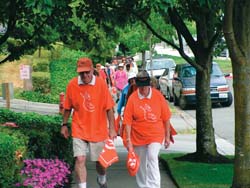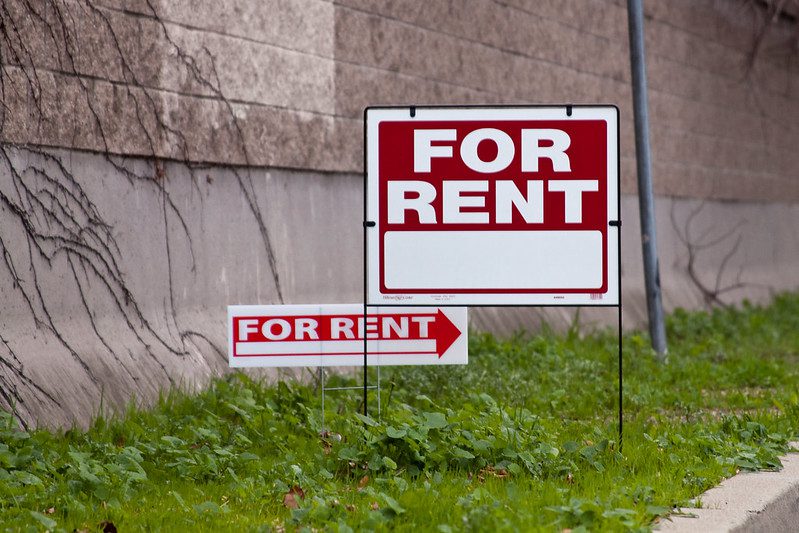
Photo by Liisa Ecola, courtesy of US EPA
A major challenge that has come with sprawl over the last half-century has been that growing up, maturing, and growing older has required, more often than not, moving to a new community at each new stage. This is largely because we have created subdivisions with only one type of housing, within one price range, and with few options for people who cannot or should not drive.
For example, a neighborhood with only one type of housing that works for our family when we are kids may not be well suited for us when we become young adults. Types of housing and amenities that suit us as young singles may not work as well if we choose to begin a family. Places that work for a family with toddlers might not work as well for teenagers. We have different needs when we become empty-nesters, and yet again when driving becomes difficult and access to medical care becomes more important.
While encountering new people and situations in new neighborhoods along the stages of life can be enriching, it also can be expensive and inconvenient. And, for communities, it means that people in different situations are seldom part of the same neighborhoods for long, deprived of interacting with each other and draining places of the continuity that that makes the word “community” meaningful.
If we do not respond, these challenges promise to become formidable as the number of senior citizens is expected to double by 2030. This will especially be the case with respect to communities that lack good options for seniors who cannot or should not drive: surveys show that older nondrivers are likely to make 15 percent fewer trips to the doctor, 59 percent fewer trips to stores or restaurants, and 65 percent fewer trips to social, family, or religious gatherings.
One of the goals of smart growth must be to create neighborhoods that foster “aging in place,” allowing residents to move from a house with a back yard to an apartment to a townhouse and so forth as our needs and whims allow, but all within the same community if we choose, maintaining relationships and cherished life patterns. Another goal must be to facilitate healthy lifestyles as we go along. …
This post originally appeared on my NRDC blog, and can be found at my archive.




Comments